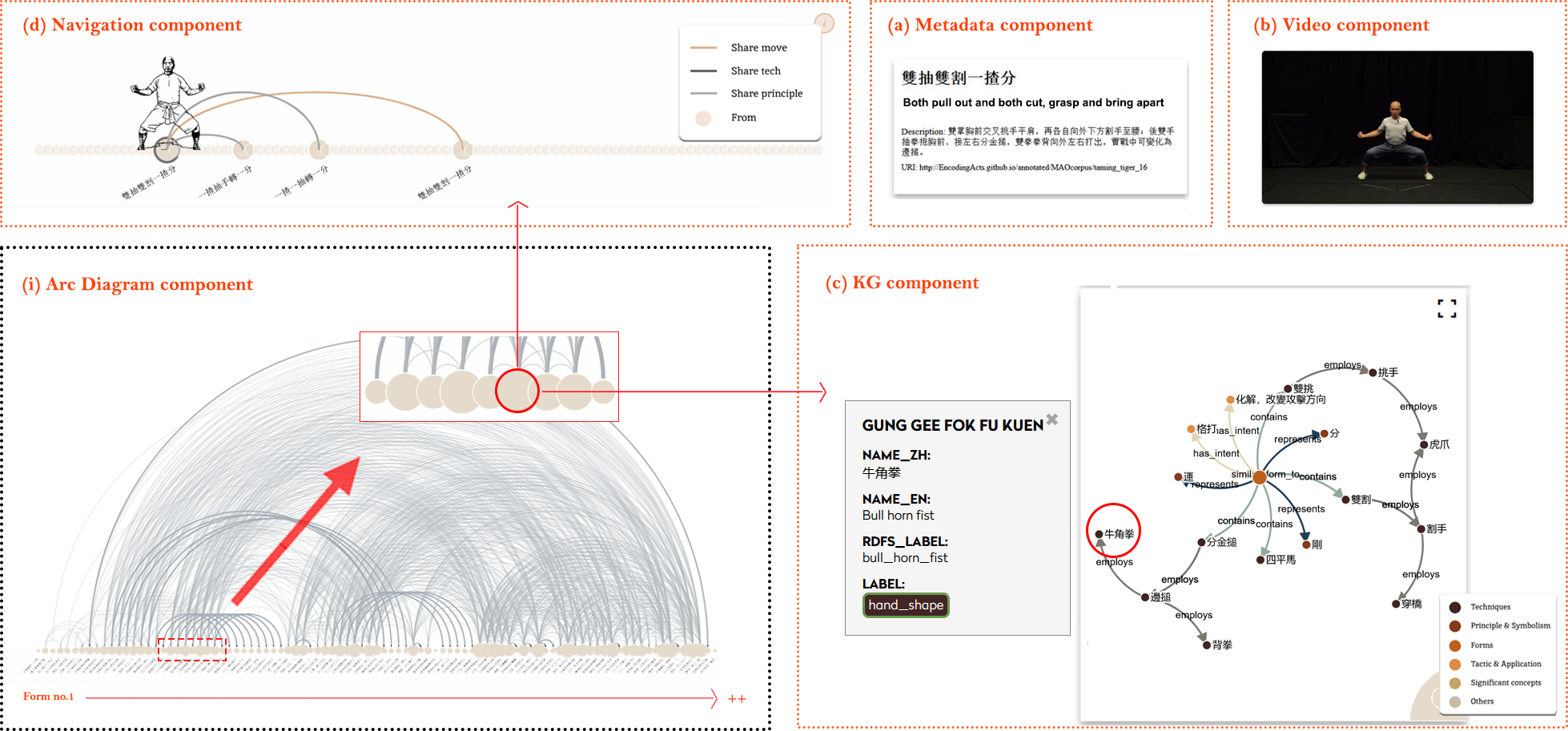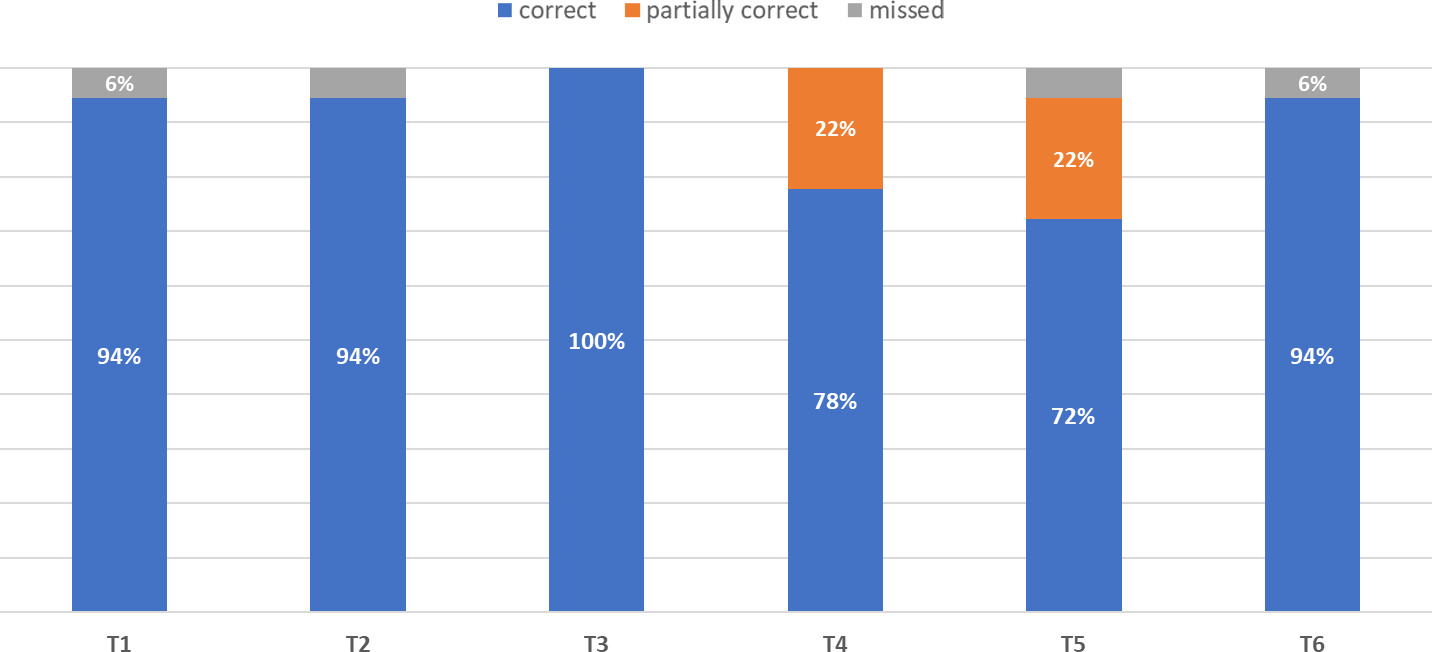
1 Background
Rooted in diverse communities, traditional martial arts serve as invaluable repositories for cultural heritage and epistemic virtues. Within the rich strand, Southern Chinese martial arts stand out as one of the most significant systems in the Far East. However, various challenges, such as the historical scarcity of written documentation, waning public interest in traditional practices, and the aging of martial arts masters, have challenged its knowledge transmission in the present day. Even in Hong Kong - the city renowned for its kung fu movie industry throughout the last decades, the preservation of traditional martial arts has been confronting escalating threats (Chao et al., 2016, Ma, 2009).
In response to the pressing need, the Hong Kong Martial Arts Living Archive (HKMALA) has adopted a live archiving approach, 1 employed motion capture and audiovisual technologies to document martial arts practices and traditions preserved in Hong Kong. While the project has accumulated a wealth of content promising for scholarly inquiries, the sheer scale and complexity of archival data have necessitated labor-intensive thematic curation, consequently constraining autonomous public access to the archive.
To address these issues and foster the transmission of martial arts knowledge to a broader audience, this project explores the application of computational strategies to facilitate a meaningful curation of HKMALA’s data content. Aligned with design thinking stressed in Computational Archival Science (Jaillant, 2022), it combines data-rich ap- proaches with humanities thinking processes and proceeds with two key procedures. Machine learning models encode the kinaesthetic aspects of martial arts movements, converting multimodal archival data into operable feature sets, and enabling searchability via embodied cues (Hou et al., 2023, Rallis et al., 2020). In parallel, a formal ontology is constructed based on scrutinized knowledge extraction and representation to delineate multifaceted concepts within traditional martial arts, which aids in organizing HKMALA data into accessible knowledge graphs (Hou and Kenderdine, 2024). The integration forms a knowledge-centric encoding framework encompassing the multifaceted aspects of martial arts within the context of tradition.
2 Methods and results
Based on the aforementioned foundation, this study continues to investigate how these methods can be effective in unlocking archival knowledge for public access and dissemination. Specifically, this raises the following question:
How can the systemic integration of encoded representations facilitate the transmission of martial arts knowledge to its potential learners?
To address this question, we devised an interactive knowledge system with a focus on embodied knowledge. The primary objective is to enable users to explore archival content in a visual, exploratory, and explainable manner. To ensure a robust design process, pre-design interviews were conducted with 12 senior martial arts practitioners, which provided valuable insights into how to convey martial arts knowledge to potential learners and which epistemic aspects were involved. Accordingly, the components of data visualization, knowledge graph representation, and recommendation strategies were incorporated to achieve the identified design aims. The rationale is founded on the integration of various elements: the assertions of Vaughan et al. (2013) regarding the multimodal nature of intangible cultural knowledge, and the recognition of visualization in critically elevating cognition, information comprehension, and analytics (Kenderdine et al., 2021). Additionally, the analysis by Case and Given (2016) informs us to design interactions that not only encourage cautious information-seeking efforts but also facilitate serendipitous exploration through the provision of recommended hints.
Figure 1 illustrates the following design components of the interface, which were intended to improve the exploratory learning experience.

Fig. 1. Illustration of design components in the interface, including the (a) Metadata component, (b) Video component, (c) KG component, and (d) Navigation component.
To assess the interface’s effectiveness in facilitating knowledge transmission and user engagement, we conducted post-design user testing with 18 participants recruited through email advertisements. The testing setup consisted of a computer to access the web-based system interface and a tablet for the interactive questionnaire. Before testing, participants received a brief introduction about the archive, interface, and semantic properties of the system. Participants were left alone in the room to interact with the interface, first completing knowledge-learning tasks with quizzes and then exploring the interfaces freely before providing qualitative feedback. 2
Seven tasks were designed to assess the system’s effectiveness in addressing specific learning aspects. Each task was followed by a quiz question. The participants’ understanding of the interface components was reflected through their correctness in answering the quizzes in a brief period, which further indicated their comprehension of interface components. Afterward, the short version of the User Experience Questionnaire (UEQ-S) (Schrepp et al., 2017) was employed to collect subjective ratings of the system’s attractiveness, perspicuity, efficiency, dependability, stimulation, and novelty.
As shown in Figure 2, the overall correctness across all tasks indicated plausible system effectiveness in facilitating knowledge communication in cross-lingual and cross-cultural contexts. The UEQ-S results presented the participants’ general satisfaction with the user experience, as depicted in Figure 3. Nevertheless, although users generally found the system visually clear and easy to understand, there is room for improvement in clarity and simplicity.
3 Summary
In this paper, we introduce the thoughtful design and development of an interactive interface, providing a zoom-in to the pre-design interview analysis, along with the mechanism and rationale of the respective design components. Following that, we showcase the interface development results and provide an account of post-development user studies. Through an analysis of the study results, we evaluated the effectiveness of the interface in achieving its designed tasks, its usability, and its potential to disseminate martial arts knowledge to casual users. The evaluation results emphasized the benefits of integrating in-depth humanities or domain knowledge to expand curatorial and pedagogical possibilities with multimodal archives. Specifically, by addressing the challenges inherent in unlocking epistemic potential, we highlight the promise and viability of datafication and computational infrastructure. These tools enhance heuristic, meaningful, and contextualized UXs and are promising for constructing knowledge repositories from sophisticated cultural archive materials in a user-navigable manner.

Fig. 2. Task correctness for T1-T6.

Fig. 3. The mean, variance, and SD values of the UEQ-S evaluation results are listed for each metric and categorized by quality types. Error bars are calculated based on the 5% confidence interval.
Hong Kong Martial Arts Living Archive: https://www.epfl.ch/labs/emplus/projects/hkmala/.
The user studies have obtained ethical approval from the EPFL Human Research Ethics Committee under decision number HREC 068-2023.